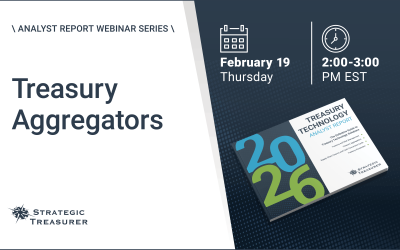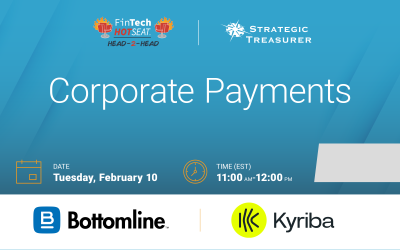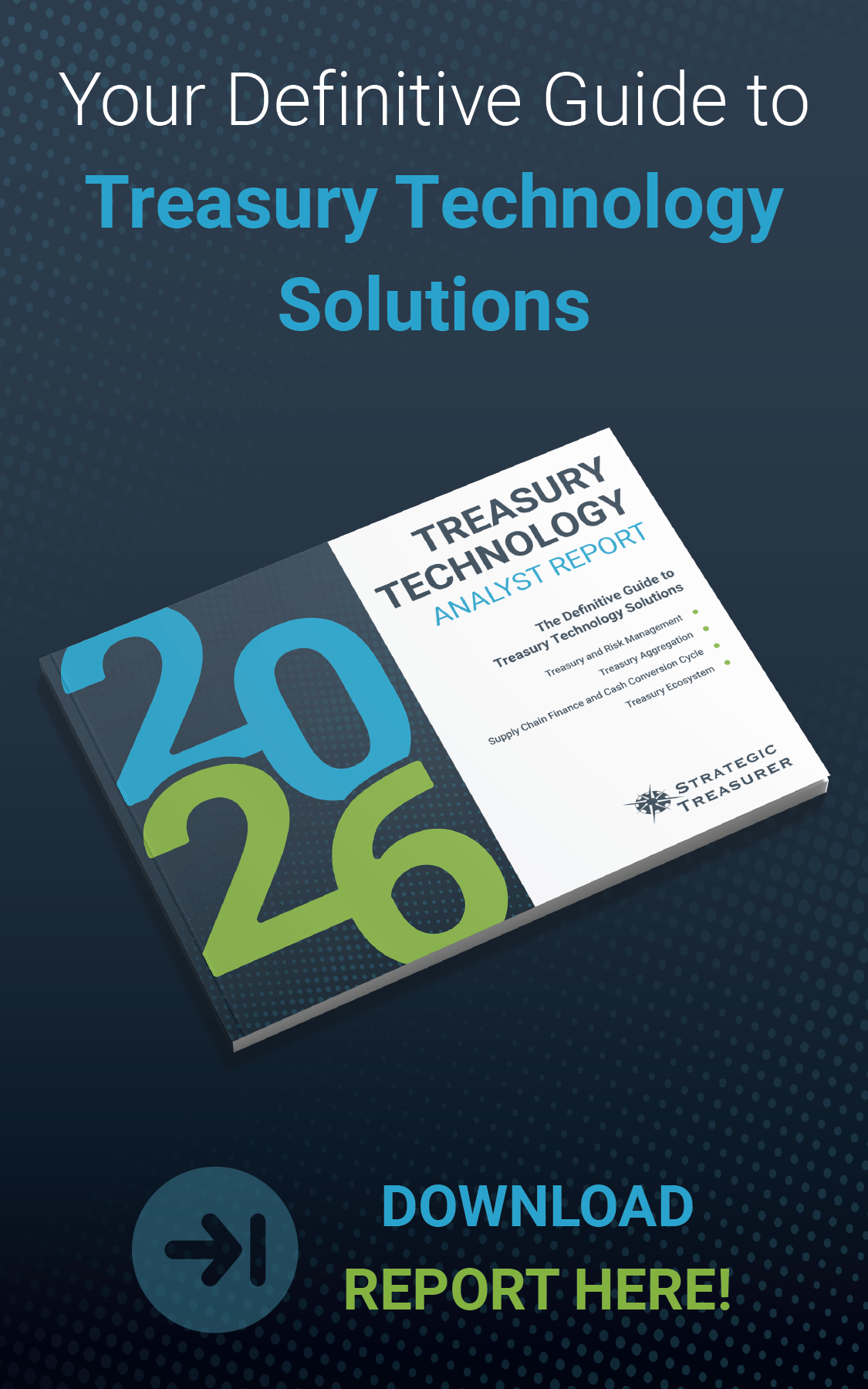Join Craig Jeffery of Strategic Treasurer and Vincent Beerman of Taulia for a webinar on overcoming challenges and ensuring liquidity through various levers.
Comprehensive Liquidity & Supply Chain Resiliency Webinar
Date: Thursday, June 4, 2020
Times: 2:00-3:00 PM ET
Where: This is an online event.
In this time of disruption due to COVID-19, liquidity concerns abound. The outlooks for accounts receivable and accounts payable are both deeply negative. As organizations rally to construct their response plans, their priorities are clear:
- Keeping the business alive.
- Keeping suppliers alive.
- Securing more and better levers for success.
In this webinar, Craig Jeffery of Strategic Treasurer and Vincent Beerman of Taulia will discuss overcoming challenges and ensuring liquidity through various levers. Topics covered will include access to debt and capital markets, AP and AR forecasting and modeling, supply chain resiliency, enhancing organizational posture through flexibility, and more.
If you encounter any issues with this webinar replay, please contact our team.
Download the webinar deck here:
You may also be interested in:
#394 – 2026 Outlook Series with Special Fintech Guests: Part 2
In this episode, Craig Jeffery hosts Bob Stark of Kyriba, Rod Young of Deluxe, and Debbie Cunningham of Federated Hermes. They explore key trends for 2026, including agent-based AI, tokenized assets, regulatory shifts, liquidity planning, and the role of data in driving strategic decisions.
Webinar: Treasury Aggregators | February 19
Treasury aggregators (TAs) play a critical role in unifying bank connectivity, payments, and internal systems through a centralized interface that reduces operational complexity. This session will review the current TA landscape and examine how organizations are using these solutions to streamline connectivity, standardize data, and enhance compliance across diverse banking environments. Attendees will also learn how emerging technologies are shaping the next generation of TAs, supporting faster payments, real-time data visibility, and more intelligent decision-making within modern treasury operations.
Fintech Hotseat Head-2-Head: Corporate Payments
This Head-to-Head session will allow solution providers to demonstrate how their offerings address a variety of corporate payment challenges.






